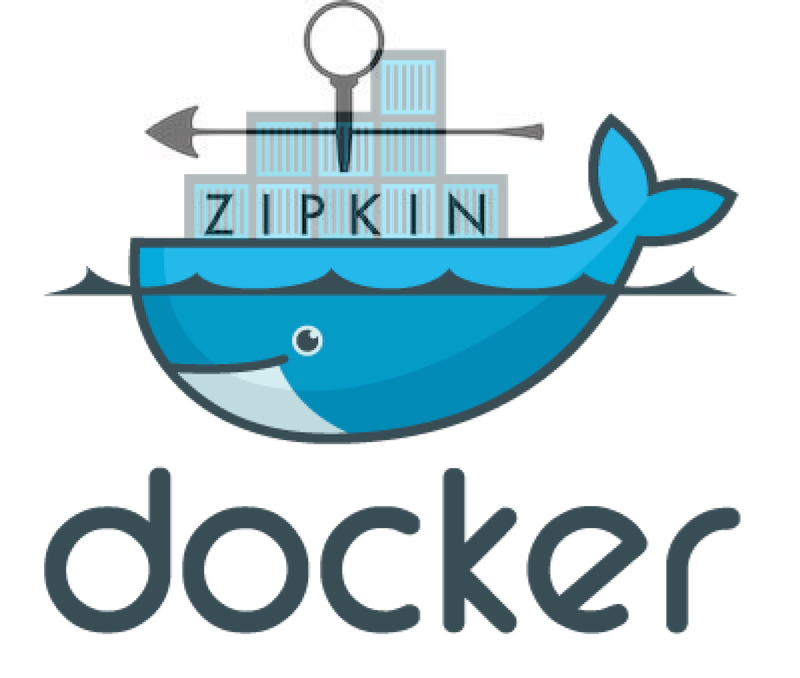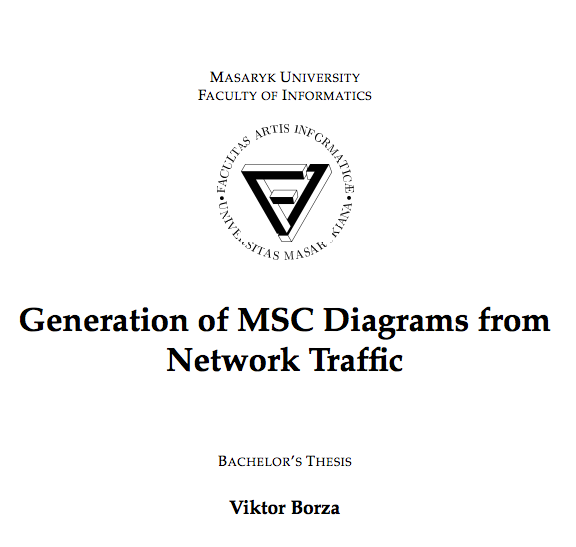Distributed Tracing With Zipkin

Instead of parsing log file entries we now send tracing messages to a
Zipkin collector. To make initial development easier we containerized
a fully working Zipkin environment. All you need is Virtualbox and
boot2docker to boot Zipkin and run the demo Scala code.
All Docker images needed for Zipkin are registered as trusted builds with the Docker.io index. To give it a spin you can just checkou the Scala / Akka demo project and deploy the images. If you’re curious the Docker project shows how to setup and link containers.
Below you’ll find instructions on how to test the Zipkin containers with a Scala / Akka project running locally on your OSX host.
You first need to install VirtualBox. https://www.virtualbox.org/wiki/Downloads
Information on running Docker on OSX can be found here: http://docs.docker.io/installation/mac/
You need to have the Homebrew package manager installed: http://brew.sh/
You need to install boot2docker:
brew update
brew install boot2docker
brew install docker
Once boot2docker is installed boot the VM for the first time:
export DOCKER_HOST=tcp://127.0.0.1:4243
boot2docker init
boot2docker start
When booting the images via boot2docker on OSX you will need to make sure the guest VM ports are forwarded. Here’s an example that forwards the relevant ports for the Zipkin services:
# vm must be powered off
boot2docker stop
# collector
VBoxManage modifyvm "boot2docker-vm" --natpf1 "tcp-port9410,tcp,127.0.0.1,9410,,9410"
VBoxManage modifyvm "boot2docker-vm" --natpf1 "udp-port9410,udp,127.0.0.1,9410,,9410"
VBoxManage modifyvm "boot2docker-vm" --natpf1 "tcp-port9900,tcp,127.0.0.1,9900,,9900"
# query
VBoxManage modifyvm "boot2docker-vm" --natpf1 "tcp-port9411,tcp,127.0.0.1,9411,,9411"
# web
VBoxManage modifyvm "boot2docker-vm" --natpf1 "tcp-port8080,tcp,127.0.0.1,8080,,8080"
# cassandra
VBoxManage modifyvm "boot2docker-vm" --natpf1 "tcp-port7000,tcp,127.0.0.1,7000,,7000"
VBoxManage modifyvm "boot2docker-vm" --natpf1 "tcp-port7001,tcp,127.0.0.1,7001,,7001"
VBoxManage modifyvm "boot2docker-vm" --natpf1 "tcp-port9042,tcp,127.0.0.1,9042,,9042"
VBoxManage modifyvm "boot2docker-vm" --natpf1 "tcp-port9160,tcp,127.0.0.1,9160,,9160"
# start VM
boot2docker start
Install and Boot Zipkin
Clone the demo project:
git clone https://github.com/lispmeister/psychic-octo-bear.git zipkin-tracing-demo
cd zipkin-tracing-demo
Now you’re ready to deploy the Docker images for Zipkin. The images are all registered at https://index.docker.io/u/lispmeister/ and will be downloaded automatically.
bin/deploy-zipkin.sh
This will fetch the Docker images from the Docker.io index and start the containers. Downloading the Docker images will take a while. Be patient. Once the images are downloaded the deploy script will start the containers. Wait until the CPU load is below 40% again. Booting Cassandra in the container can take quite a while.
If you want to trace code that runs on the host you will need to expose and forward the collector port as shown in deploy.sh.
Once the containers are running you can connect to the collector on port 9410 via akka-tracing or other libraries that support Zipkin tracing. https://github.com/levkhomich/akka-tracing
Install SBT
You need to have sbt installed.
brew install sbt
Run the demo
The demo creates ten Put requests that flow through the Web, Service, S3 actors. The flows into and out of the actors are traced using the Akka Tracing library which implements a Scala interface for the Twitter Zipkin distributed tracing tool.
sbt run
Inspect the Trace
Open a browser to the local Zipkin web instance at this address:
Links:
Generation of MSC Diagrams From Network Traffic

I’m trying to work out a way to auto-generate message flow diagrams from method calls or traces in log files. Here I found a paper that shows how to do that for TCP/IP network traffic logs.
Message Sequence Chart (MSC) diagrams were designed for modeling of
message-based communication between entities in the network. They are
used primarily by developing of a new network protocol as a
description of design requirements. However, MSC can be as well used
for visualization of real traffic captured from a network. One of the
applications aimed at work with MSC formalism is Sequence Chart Studio
(SCStudio), which is being developed in research centre Institute for
Theoretical Computer Science at FI MUNI.The thesis is focused on the problem of generating Message Sequence
Chart (MSC) diagrams from PCAP (packet capture) file format. This
functionality was integrated into SCStu- dio as a new feature for
importing PCAP files. This paper describes the developing process and
behaviour of implemented functionality.
Other sequence diagram generators:
- TraceUML to generate sequence diagrams from log statements.
- seqdiag is a Python tool.
- mscpackage is a LaTeX package for drawing message sequence diagrams that supports the full MSC2000 language.
- Quick Sequence Diagram Editor is a tool for creating UML sequence diagrams from textual descriptions of objects and messages.
- JS Sequence Diagrams is a simple javascript library to turn text into vector UML sequence diagrams.
- Jumly is a JavaScript library for UML diagram rendering engine. It works completely on client side.
I’m currently using Mscgen because I can edit and render diagram source in Emacs with org-mode.
Fresh New Look

I migrated the blog content from a static S3 bucket to Octopress hosted on Github pages.
Data Centers Are Microkernels Done Accidentally: Lessons for Building a Million-core Distributed OS
Design and Benchmark Tests of a Multi-Channel Hydrophone Array System for Dolphin Echolocation Recordings
We’ve been asked if we can build something similar to this hydrophone array system but with higher resolution. The system described uses 47 hydrophones for cross sectional recordings of echolocation beams. I’m thinking that a version that works outside the aquarium environment and can be used from a boat would be even more interesting.